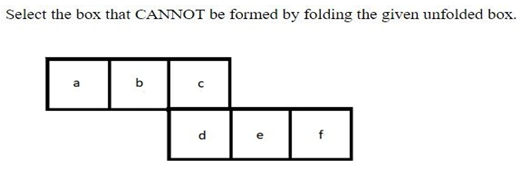Question
Which of the following is correct about altering the
boundaries of any State?Solution
Art 3. Formation of new States and alteration of areas, boundaries or names of existing States.— Parliament may by law— (a) form a new State by separation of territory from any State or by uniting two or more States or parts of States or by uniting any territory to a part of any State; (b) increase the area of any State; (c) diminish the area of any State; (d) alter the boundaries of any State; (e) alter the name of any State: [Provided that no Bill for the purpose shall be introduced in either House of Parliament except on the recommendation of the President and unless, where the proposal contained in the Bill affects the area, boundaries or name of any of the States , the Bill has been referred by the President to the Legislature of that State for expressing its views thereon within such period as may be specified in the reference or within such further period as the President may allow and the period so specified or allowed has expired.
According to the dictionary order, which of the following word will come at third position?
1- Father
2- Forest
3- Fair
4- Faint
5- Football
6- Farther
If it was Sunday on 1st April, 1956, then what was the day of the week on 2nd July, 1957?
How many girls have MBA degrees?
Complete the analogy.
49 : 65 :: 64 : ?
Select the Venn diagram that best illustrates the relationship between the following classes.
Fur, Animal, Wood

Three statements are given, followed by three conclusions numbered I, II and III. Assuming the statements to be true, even if they seem to be at varian...
Who among the following person faces the one who sits immediate left of K?
Statement:
Only a few Roses are sunflower
Only a few sunflowers are jasmine
Some sunflowers are not lilies
Conclusion:
...
Relevant for Exams:



